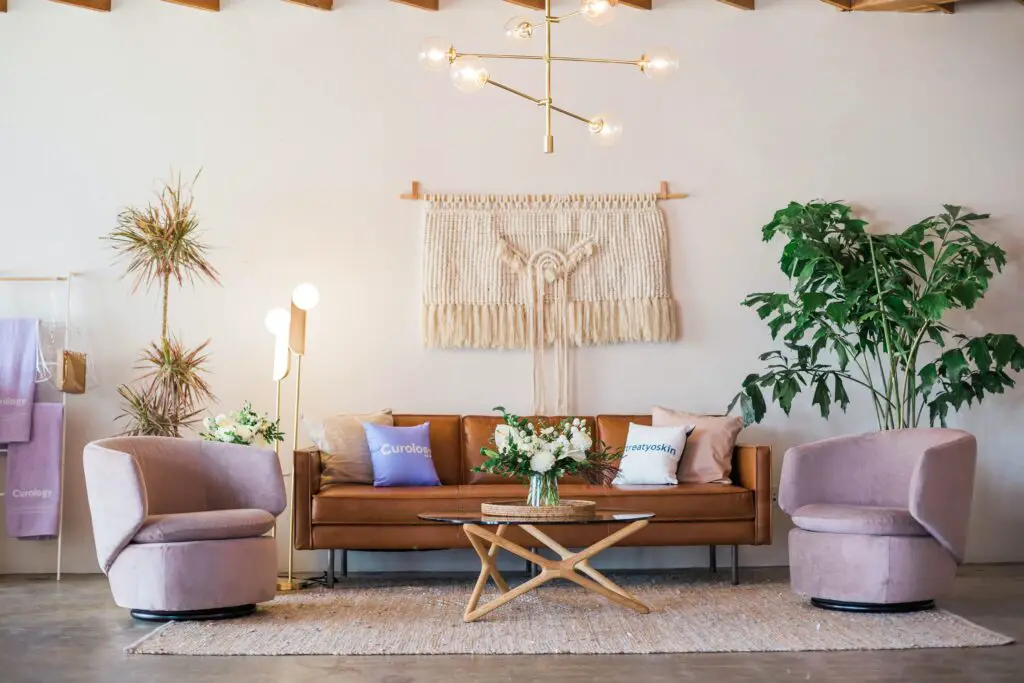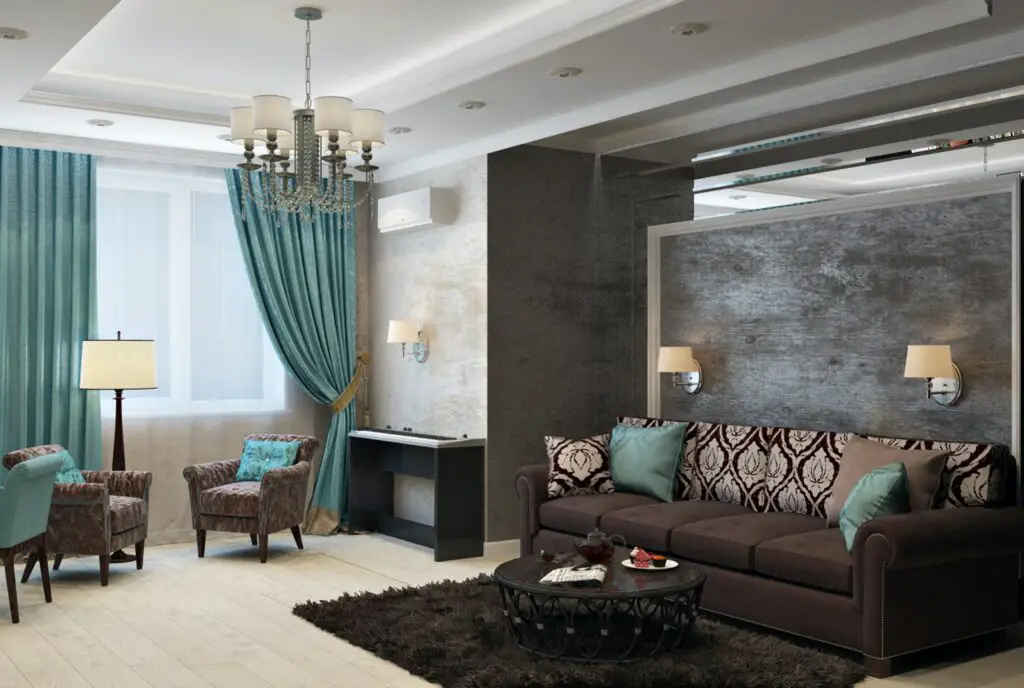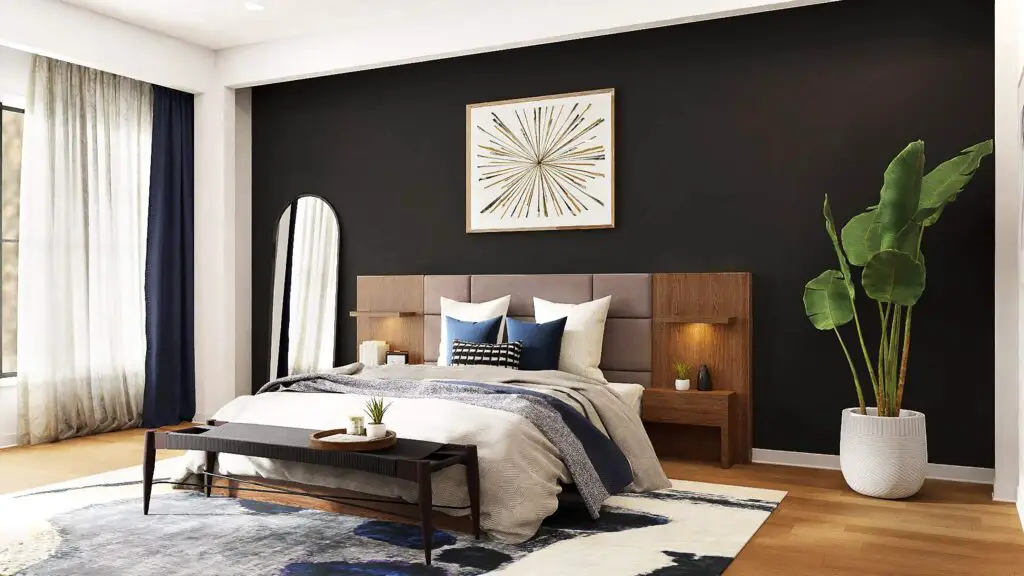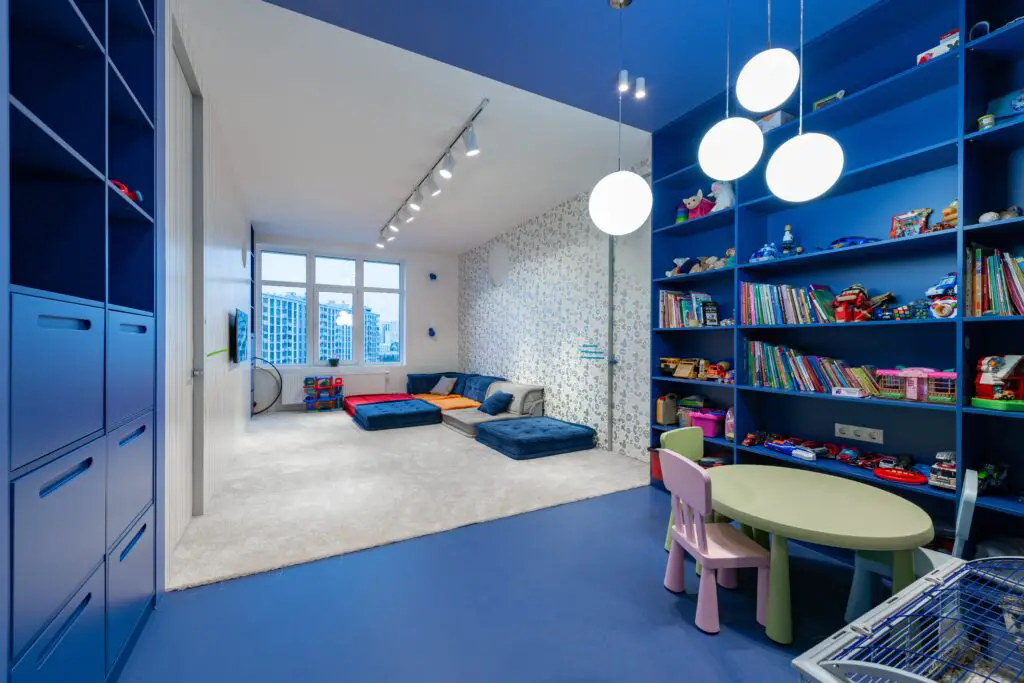Scandinavian interior design is renowned for its simplicity, functionality, and connection to nature. One of its defining characteristics is the use of natural materials, which adds warmth, texture, and an eco-friendly touch to living spaces.
In this comprehensive guide, we’ll delve into the world of Scandinavian interior design and explore how incorporating natural materials can transform your home. Whether you’re a design enthusiast or a homeowner looking to revamp your space, you’ll find valuable insights and inspiration here.
What is Scandinavian Interior Design?
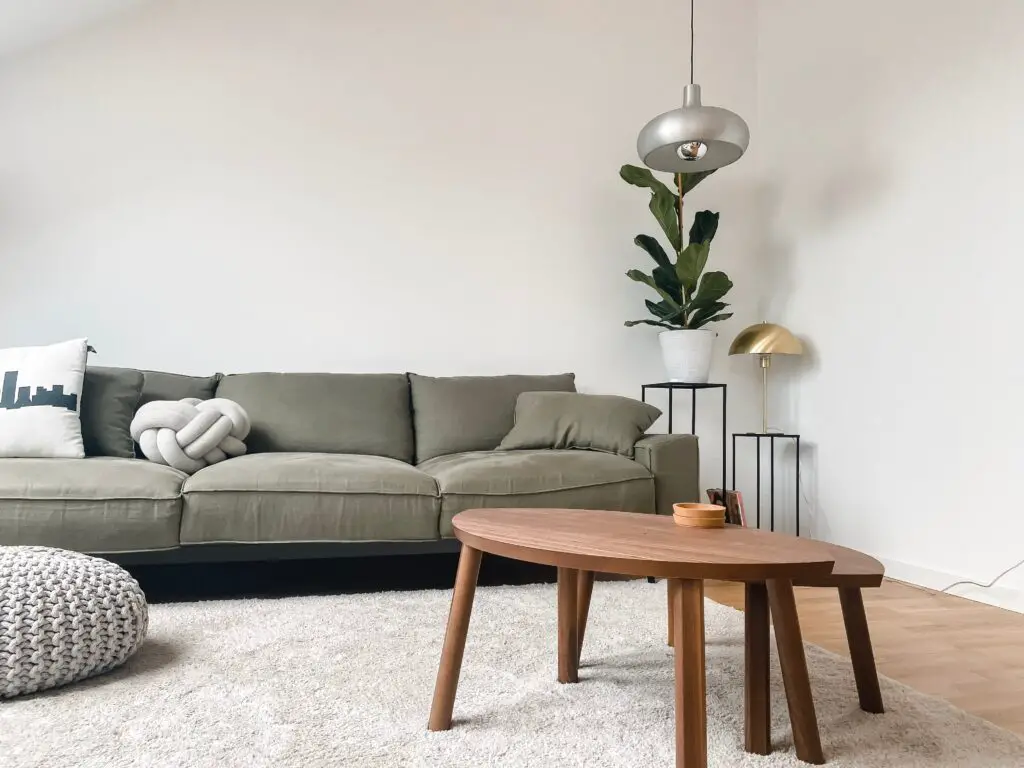
Scandinavian interior design is a design philosophy rooted in the Nordic countries, including Denmark, Sweden, Norway, Finland, and Iceland. It emerged in the early 20th century and has since gained global popularity. This design style is characterized by simplicity, minimalism, functionality, and a strong emphasis on the use of natural materials.
The Importance of Natural Materials
The use of natural materials in interior design has gained traction due to its sustainability and timeless appeal. These materials create a sense of harmony with the environment, promoting well-being and a deeper connection to nature. In Scandinavian interior design, natural materials play a central role, making it a perfect choice for those who value both aesthetics and eco-conscious living.
Common Natural Materials in Scandinavian Interior Design
1. Wood
Wood is the cornerstone of Scandinavian interior design. The region’s abundant forests provide a wealth of wood options, including oak, pine, birch, and beech. Scandinavian designers often use light-colored woods to create a bright and airy atmosphere in interiors.
Scandinavian designers use wood for various purposes, including flooring, furniture, and even wall paneling. Its versatility and warm tones make it an ideal choice for achieving that cozy Scandinavian look.
2. Stone
Natural stone, such as granite and marble, is another staple in Scandinavian interior design. While it may not be as prevalent as wood, it is used for countertops, backsplashes, and fireplace surrounds. Stone adds a touch of luxury and durability to the design.
3. Leather
Leather upholstery is a classic choice in Scandinavian interiors. It’s commonly used for sofas, chairs, and cushions. The soft and tactile nature of leather complements the clean lines and simplicity of Scandinavian furniture.
3. Linen
Linen is a textile derived from the flax plant and is favored for its natural look and breathability. It’s used for curtains, bedding, and table linens in Scandinavian homes. Linen’s soft, slightly wrinkled appearance adds a relaxed and casual feel to the interiors.
Characteristics of Scandinavian Interior Design with Natural Materials
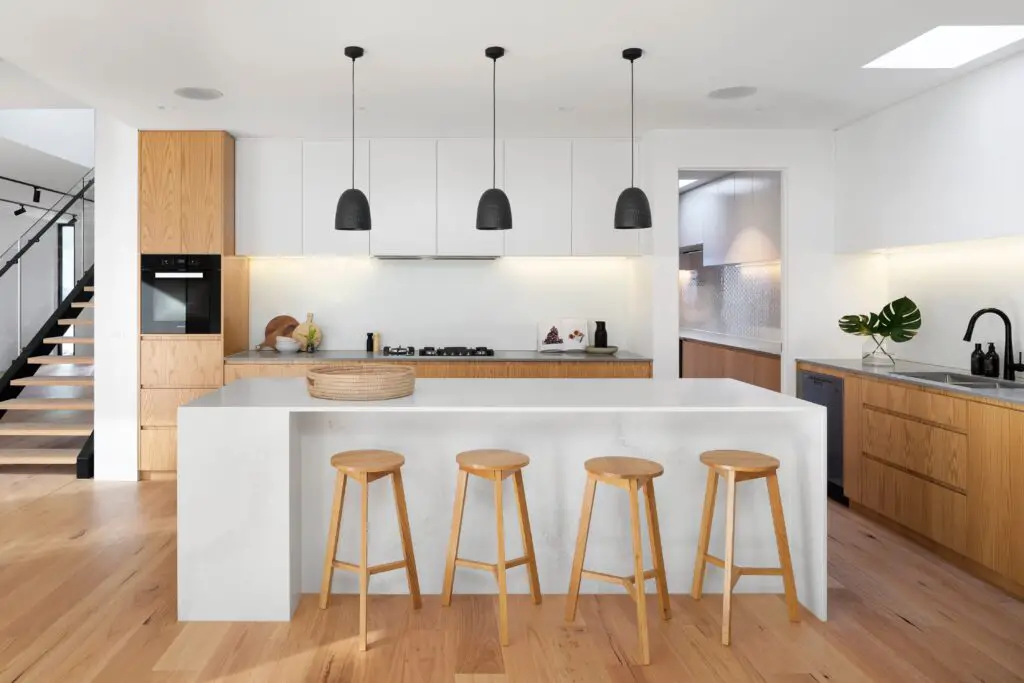
1. Minimalism and Simplicity
Scandinavian design is all about simplicity. It focuses on creating functional and uncluttered spaces where every element serves a purpose. The use of natural materials contributes to this simplicity, as their inherent beauty allows them to take center stage without the need for excessive ornamentation.
2. Light and Neutral Color Palette
A neutral color palette dominated by whites, grays, and soft pastels is a hallmark of Scandinavian interior design. Natural materials like wood and stone are often left in their natural hues or treated with light finishes to maintain a sense of brightness and airiness.
3. Functionality and Practicality
Scandinavian interiors are designed with practicality in mind. Furniture is typically multifunctional, and storage solutions are cleverly integrated to maximize space. Natural materials not only contribute to the aesthetic but also enhance the functionality of the space.
4. Connection to Nature
One of the core principles of Scandinavian design is the connection to nature. By using natural materials, designers bring the outdoors in, creating a sense of tranquility and serenity within the home. This connection to nature is believed to promote well-being and reduce stress.
Benefits of Using Natural Materials in Scandinavian Interior Design
1. Sustainability and Eco-Friendliness
Using natural materials aligns with sustainable living practices. Wood, stone, leather, and linen are renewable resources when harvested responsibly. Choosing these materials helps reduce the environmental impact of interior design.
2. Warmth and Coziness
Natural materials add warmth and coziness to spaces, making them inviting and comfortable. Wood, in particular, radiates a comforting ambiance, while textiles like linen and leather provide a tactile comfort that enhances the overall experience of the room.
3. Timeless Aesthetic Appeal
The beauty of natural materials is timeless. While design trends may come and go, the classic appeal of wood, stone, leather, and linen remains constant. Investing in natural materials ensures that your interior design will remain relevant for years to come.
4. Health and Well-being
The presence of natural materials in your home can positively impact your well-being. Wood, for instance, has been shown to reduce stress levels, while the tactile quality of leather and linen can evoke a sense of relaxation and comfort.
Examples of Scandinavian Interior Design with Natural Materials
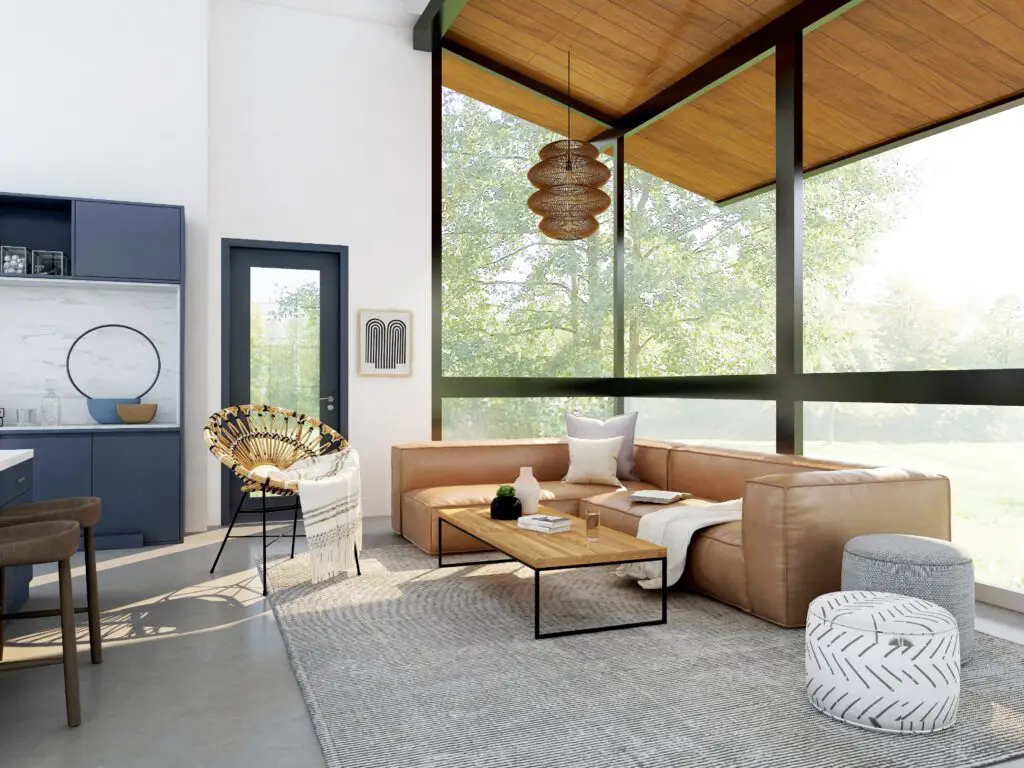
1. Living Rooms
Scandinavian living rooms often feature wooden floors, stone-clad fireplaces, and leather or linen-upholstered furniture. Neutral color palettes and an abundance of natural light create inviting and comfortable spaces.
2. Bedrooms
In Scandinavian bedrooms, wood-paneled walls or ceilings, linen bedding, and soft, neutral colors create a serene and restful atmosphere. The use of natural materials contributes to a peaceful night’s sleep.
3. Kitchens
Scandinavian kitchens showcase natural materials through wooden cabinetry, stone countertops, and open shelving. The emphasis on functionality ensures that every element serves a purpose.
4. Bathrooms
Natural stone tiles, wooden vanities, and organic textiles like linen and cotton are common in Scandinavian bathrooms. The result is a spa-like retreat that promotes relaxation and rejuvenation.
Challenges and Considerations
1. Cost and Maintenance
While natural materials offer numerous benefits, they can be more expensive than their synthetic counterparts. Additionally, some natural materials, like wood and stone, require regular maintenance to preserve their beauty.
2. Sourcing Sustainable Materials
To align with the principles of Scandinavian design, it’s essential to source natural materials responsibly. Look for certified sustainable options to minimize the environmental impact.
3. Balancing Modern Convenience with Natural Aesthetics
Incorporating natural materials doesn’t mean sacrificing modern convenience. It’s important to strike a balance between aesthetics and functionality to create a harmonious living space.
Conclusion
Embracing natural materials in Scandinavian interior design is a timeless choice that brings beauty, sustainability, and well-being to your home. By using wood, stone, leather, and linen, you can create spaces that are not only aesthetically pleasing but also environmentally friendly and cozy. Whether you’re designing an entire home or making small changes, the essence of Scandinavian design with natural materials can elevate your living experience.
We hope this comprehensive guide has inspired you to explore the world of Scandinavian interior design with natural materials. Now, it’s time to bring the beauty of the Nordic aesthetic into your home.
Frequently Asked Questions
1. What materials are used in Scandinavian design?
In Scandinavian design, natural materials like wood, stone, leather, and linen are commonly used. These materials contribute to the clean, minimalist aesthetic of Scandinavian interiors.
2. What are the key elements of Scandinavian interior design?
The key elements of Scandinavian interior design include simplicity, functionality, a neutral color palette, the use of natural materials, and a strong connection to nature.
3. What were the characteristic materials used in Scandinavian modern furniture?
Scandinavian modern furniture often features light-colored woods such as oak, pine, and beech. These woods are known for their durability and timeless appeal.
4. What are the features of the Scandinavian interior design style?
Scandinavian interior design is characterized by minimalism, a focus on functionality, a neutral color palette, and the use of natural materials to create a connection to nature.
5. What makes Scandinavian design unique?
Scandinavian design is unique due to its emphasis on simplicity, functionality, and the use of natural materials. It creates spaces that are both aesthetically pleasing and highly practical.
6. What wood is used in Scandinavian design?
Scandinavian design often features light-colored woods like oak, pine, birch, and beech. These woods contribute to the bright and airy atmosphere of Scandinavian interiors.
7. Why are Scandinavian houses made of wood?
Scandinavian houses are often made of wood due to the region’s abundant forests. Wood is a renewable and readily available resource that helps create cozy and energy-efficient homes.
8. What colors are used in the Scandinavian design?
Scandinavian design typically uses a neutral color palette dominated by whites, grays, soft pastels, and natural wood tones. These colors create a sense of brightness and tranquility in interiors.
9. How do you make wood look Scandinavian?
To achieve a Scandinavian look with wood, choose light-colored wood varieties, apply light finishes, and pair them with a neutral color palette. Keep the design minimalistic and functional for an authentic Scandinavian feel.
